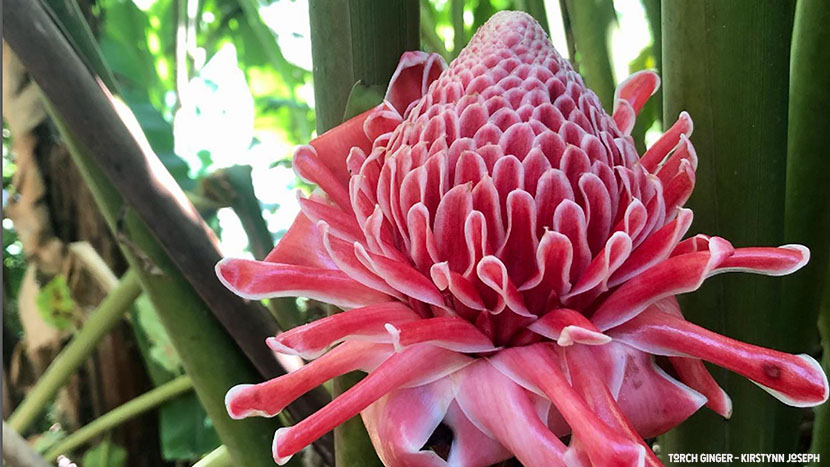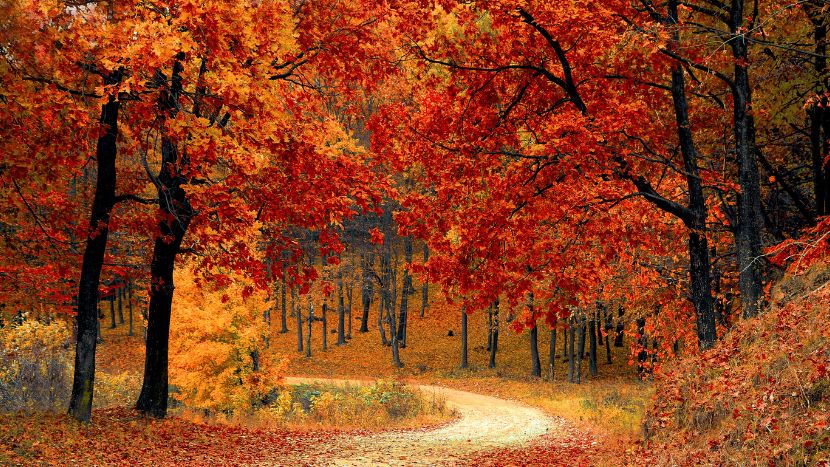A Guide to Colour in Nature
Nature contains a vast array of colours that add beauty and diversity to the natural world. From brightly coloured flowers and insects to the earthy hues of rocks, trees and animals, colour plays an essential role in ecosystems and the survival of species. This guide explores some of the reasons behind nature’s kaleidoscope of colours.
Why Do Plants Have Different Coloured Flowers?
In the digital world, colours can be vibrant, such as a blue colour code, but in nature, they truly come to life. Flowers exhibit a stunning range of colours including vibrant reds, sunny yellows, pastel pinks and deep purples. But these colours are not just for show – they serve important purposes.
Brightly coloured flowers attract pollinators. Bees, butterflies, birds and other pollinators use colour as a cue when seeking nectar. Red flowers specifically attract hummingbirds, while bees are drawn to purple, violet, yellow and blue blooms. White flowers that reflect ultraviolet light also attract insects. Once pollinators reach the flowers, pollen sticks to their bodies and gets transferred between plants, enabling fertilisation.
Flower colour can also indicate when a plant is ready for pollination. For example, when petals change colour or become more intense, it signals the flower is fertile. Some orchids even mimic the colour, shape and scent of female insects to attract male insects for pollination through deception.
Some of the brightest flowers you will see in nature include:
- Orchids – Orchids come in a huge range of bright colours including vivid purples, fuchsias, oranges, reds, and yellows. Some orchid varieties have patterns and speckles for added visual interest.
- Dahlias – These summer and fall bloomers produce flowers that span the colour spectrum. Brilliant reds, pinks, purples, yellows and oranges are all common among the many dahlia species.
- Torch Ginger – The torch ginger flower is aptly named for its brilliant red-orange colour that resembles an open flame.
- Bougainvillea – This tropical vine boasts bright fuchsia or magenta coloured bracts surrounding the smaller white flowers. Some varieties produce orange, red, purple or yellow bracts.
- Zinnias – Vibrant reds, oranges, pinks, yellows and purple zinnia flowers bloom abundantly on this annual plant.
- Petunias – These popular garden flowers bloom in just about every colour except blue, from deep purples to bright whites.
In some cases, flower colour advertises that a plant is toxic or tastes bad, deterring animals from eating it.
The Adaptive Colours of Animals
Animals use colour for vital purposes like camouflage, communication and mate attraction.
Camouflage colouring allows prey animals to avoid detection by predators and for predators to stealthily sneak up on prey. Colours and patterns that match the background environment enable animals to blend in. For example, zebras’ black and white stripes mimic sunlight and shadow patterns in the savannah, while polar bears’ white fur provides concealment in the snow.
Bright colours are used by some animals to warn predators that they are toxic. Poison dart frogs and some caterpillars have brightly coloured markings that indicate they would make the predator sick.
During mating season, male birds and fish often display extra vibrant plumage and scales to attract mates. Colour communicates fitness to potential partners.
Chameleons and other animals can change colour using special pigment cells for camouflage and communication. Squids, octopuses and cuttlefish also have colour-changing abilities.
Why Do Autumn Leaves Change Colour?
Another of nature’s colour spectacles occurs each autumn when deciduous tree leaves turn vivid shades of red, orange, yellow and brown before falling.
Green chlorophyll is necessary for photosynthesis and dominates leaf colour during spring and summer. But as daylight hours shorten in autumn, chlorophyll production slows and green fades. This unmasks the other colour pigments present in leaves.
Carotenoids like carotene create yellow, orange and brown autumn tones. Anthocyanins produce bold red hues. Other pigments contribute golds and purples. These colours were present in the leaves all along, but chlorophyll overpowered them in the growing season.
Temperature, light, nutrients and plant genetics all influence the precise colours produced. Cooler nights combined with sunny days spur the brightest fall displays.
The vibrant show of autumn foliage allows trees to advertise that their nutrients have been safely withdrawn for winter.
Minerals Create Earth’s Palette
While plants and animals produce their own colours through pigments, the colours of rocks, sediments and minerals originate from elemental compounds.
Reds, oranges and yellows indicate the presence of iron oxides like hematite and limonite. Compounds containing copper create blue and green rocks like azurite and malachite. Vivid purple rocks get their colour from manganese.
Black obsidian forms when lava cools rapidly with a high mineral content. Coal’s black colour comes from carbon. Sulphur compounds produce yellow sediments.
The striking banded patterns seen in rocks result from geological processes acting on minerals over time. Exposure to air, water and heat redistributes and concentrates colourful compounds.
Earth’s mineral diversity provides nature with a vibrant palette for painting landscapes, canyons and coastlines. The interplay between geology, biology and ecology creates nature’s spectacular colour exhibition.
Colors are everywhere and besides being pleasing to look at most serve and important purpose. From fall leaves trapping the last sunlight to a caterpillar scaring off a bird, color is a crucial part of life.


































































































